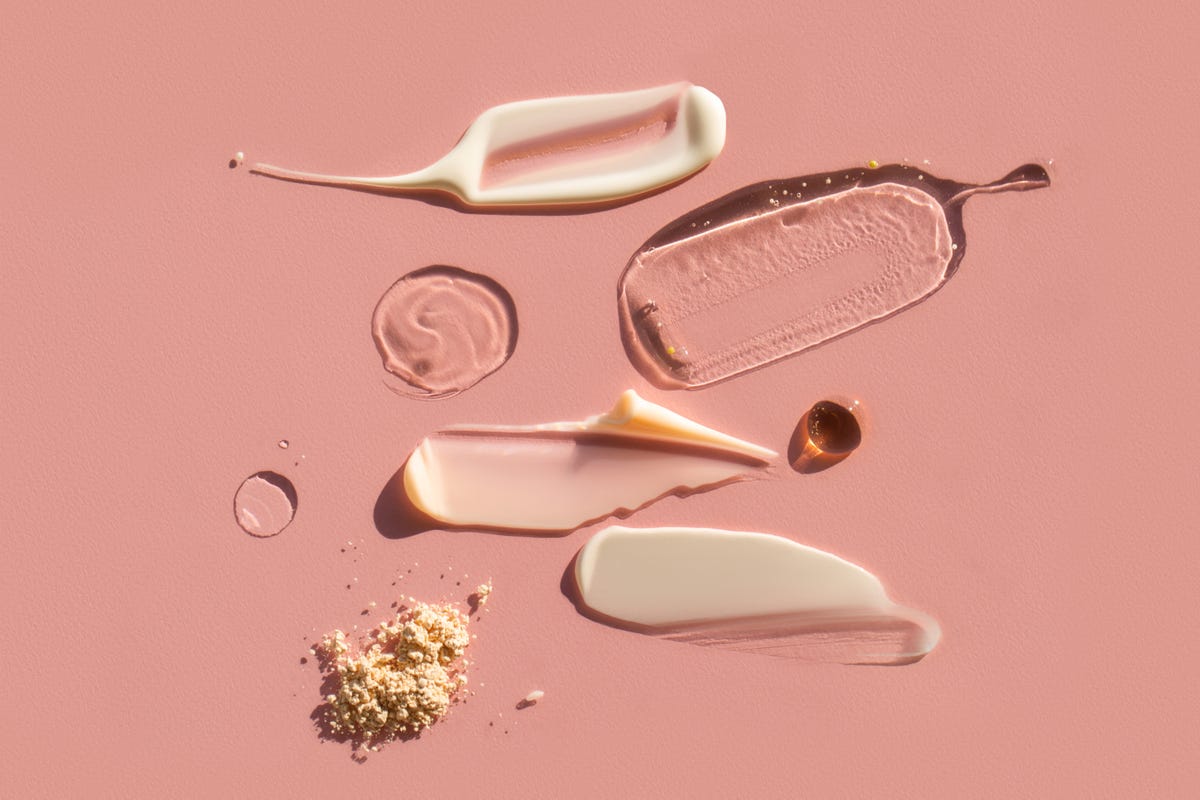Winter is the season of cozy vibes, snowflakes, and new resolutions, but when it comes to your skin, the cold weather can be harsh. The drop in humidity can leave your complexion feeling dry, flaky, and lackluster. Thankfully, there’s a Korean beauty secret making waves globally that can help you achieve glowing, hydrated skin throughout the winter months. It’s called slugging—a simple yet effective skincare practice that can be your winter skin savior.
What is Slugging Understanding This Korean Skincare Trend

In recent years, slugging has gone viral, especially on platforms like TikTok, where millions of users swear by its results. At its core, slugging involves the application of a thick, occlusive layer of petroleum jelly (or similar products) on your face to lock in moisture overnight. The method is inspired by a traditional Korean skincare technique designed to boost hydration and give you that enviable dewy, radiant glow.
The practice has earned its name because of the thick, “slug-like” layer you apply to your face, which acts as a protective barrier. It traps moisture beneath it, preventing it from evaporating, and helps repair the skin’s natural barrier. The best part? Slugging works well for almost all skin types, particularly those struggling with dryness or environmental stressors.
Step-by-Step Guide to the Perfect Slugging Routine
If you want to achieve the famous dewy skin that slugging enthusiasts rave about, here’s a comprehensive step-by-step guide on how to incorporate this technique into your nighttime skincare routine:
Step 1: Cleanse Your Face Thoroughly
To start, always make sure your face is clean. The first step in any skincare routine is cleansing, and this is crucial before applying any treatment. Use a gentle cleanser that suits your skin type to remove dirt, makeup, and excess oils. This will ensure that your skin is prepped to absorb the hydrating products that follow.
Step 2: Apply Hydrating Ingredients Like Hyaluronic Acid or Glycerin

Once your face is clean, the next step in slugging is applying hydrating ingredients that can attract moisture. This is where humectants like hyaluronic acid, glycerin, or urea come into play. These ingredients draw water into your skin and help maintain that moisture. They are essential to ensuring that the layer of petroleum jelly you apply later works at its full potential.
Step 3: Lock in Moisture with a Nourishing Moisturizer
After applying your humectants, follow up with a moisturizing cream or oil. Choose a product that suits your skin’s needs. For dry skin, a rich cream will provide the necessary nourishment. If your skin tends to be oily, you may prefer a lightweight moisturizer. This step provides an extra layer of moisture to keep your skin plump and hydrated.
Step 4: Apply Your Slugging Layer—Petroleum Jelly or Alternative Occlusive
The key to slugging is the final step: the occlusive layer. This is where you apply a thick layer of petroleum jelly (such as Vaseline), Aquaphor, or any other similar occlusive product. This thick layer will help trap all the moisture and active ingredients beneath, preventing water loss and keeping your skin hydrated throughout the night. While TikTok videos may show people using a lot of product for dramatic effect, a small amount—about the size of a pea—should be sufficient to reap the benefits.
Step 5: Let It Sit and Sleep on It
After applying the occlusive layer, give your skin a few minutes to absorb the hydrating products. Then, head to bed and let your skin do its magic overnight. The slugging process allows your skin to absorb moisture and nutrients more effectively while you sleep, so you wake up to softer, plumper, and more radiant skin.
Why Does Slugging Work? The Science Behind the Technique
The key to slugging lies in the science of moisture retention. Petroleum jelly and similar products are occlusives—substances that create a barrier on the skin’s surface. This barrier locks in moisture and prevents it from evaporating, which is especially helpful in winter when the cold air and low humidity can strip moisture from the skin.
Several studies have shown that products like Vaseline can help repair the outer layer of the skin, known as the stratum corneum, which acts as your skin’s natural shield. When this layer is damaged, moisture can escape, leading to dryness and irritation. Slugging helps restore and protect this barrier, making it an excellent choice for dry or compromised skin.
Moreover, applying slugging after hydrating ingredients like hyaluronic acid enhances their effectiveness. This is because the occlusive layer helps trap moisture and active ingredients, increasing the potency of the products beneath it.
Benefits of Slugging for Your Skin
The benefits of slugging go beyond just hydration. Here are some of the main advantages:
Hydrated and Glowing Skin: With the moisture sealed in, your skin will appear plump and dewy.
Improved Skin Barrier: By preventing moisture loss, slugging strengthens the skin’s natural protective layer.
Reduction in Fine Lines: Continuous hydration can help reduce the appearance of fine lines and wrinkles.
Increased Effectiveness of Other Products: By locking in active ingredients, slugging enhances the benefits of serums and moisturizers applied beforehand.
What Do Dermatologists Think of Slugging?

Dermatologists have long been aware of the benefits of occlusives like petroleum jelly. Board-certified dermatologist Dr. Hadley King emphasizes that slugging can be especially helpful for those with dry skin or in dry environments. She explains that the technique locks in moisture and helps the skin retain hydration, making it ideal for winter.
However, Dr. King advises that slugging should be done correctly. First, apply products containing humectants (like hyaluronic acid) and emollients (like oils). Then, seal it all in with an occlusive product like petroleum jelly. This ensures that your skin is adequately hydrated and that slugging does not disrupt the skin’s natural moisture balance.
Caution for Acne-Prone Skin
While slugging is beneficial for most skin types, dermatologists advise caution for those with acne-prone skin. Dr. Debra Jaliman, another board-certified dermatologist, points out that petroleum jelly can clog pores, potentially worsening acne. For those with acne concerns, it’s important to avoid applying occlusives directly onto blemishes or congested areas of the skin.
If you have acne-prone skin but still want to try slugging, Dr. Jaliman recommends opting for a gentler product like CeraVe Healing Ointment, which is non-comedogenic (won’t clog pores). Alternatively, a richer moisturizer that contains ceramides and hyaluronic acid might provide enough hydration without needing an occlusive layer.
Slugging Tips for Best Results
To get the most out of your slugging routine, keep these tips in mind:
*Apply Only at Night: Since petroleum jelly can feel greasy, it’s best to apply it overnight, so it can work its magic while you sleep.
*Use a Layering Technique: Don’t apply slugging without hydrating products underneath. Start with a hydrating serum and a nourishing moisturizer before locking it all in with petroleum jelly.
*Experiment with Different Products: While Vaseline is the most commonly used occlusive, products like Aquaphor, CeraVe, or even luxury skincare brands offer alternatives that may better suit your skin’s needs.
Slugging Alternatives for Sensitive Skin
If you’re hesitant about using petroleum jelly, there are alternative occlusive products that can work just as well. Some people opt for oils like argan or squalane, which also create a protective barrier on the skin, though they are lighter than petroleum jelly. These alternatives can offer the same hydration without being as heavy.
Conclusion: Is Slugging Right for You
If you have dry or dehydrated skin, slugging could be the perfect addition to your skincare routine. It’s an affordable and simple technique that can deliver impressive results, especially during the cold, dry winter months. However, if you have oily or acne-prone skin, you may need to approach slugging with caution or consider alternatives that won’t clog your pores.
By following the right steps and incorporating hydrating products, you can harness the power of slugging for radiant, glowing skin all winter long. Whether you stick with classic petroleum jelly or opt for a lighter occlusive, the secret to glowing skin might just be as simple as locking in moisture with this trendy K-beauty hack.



